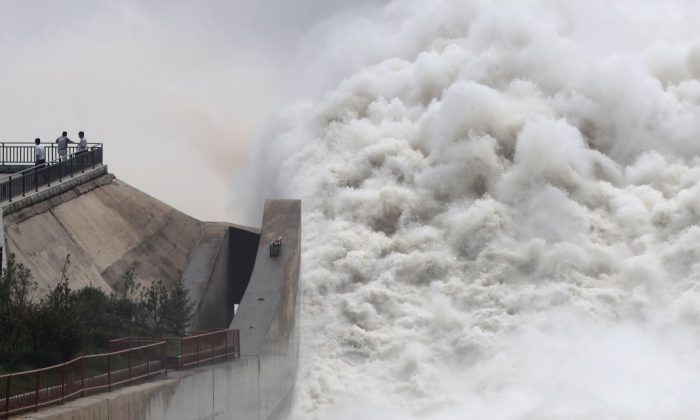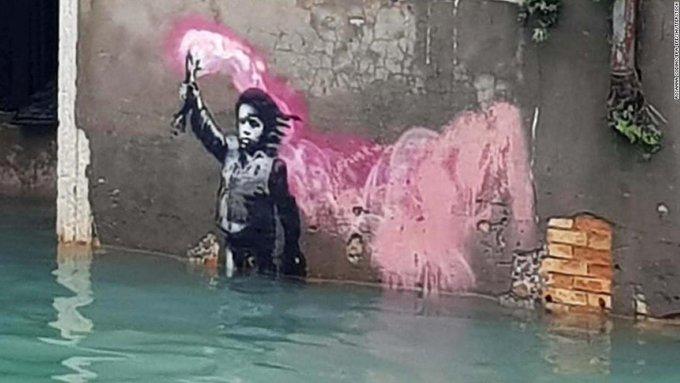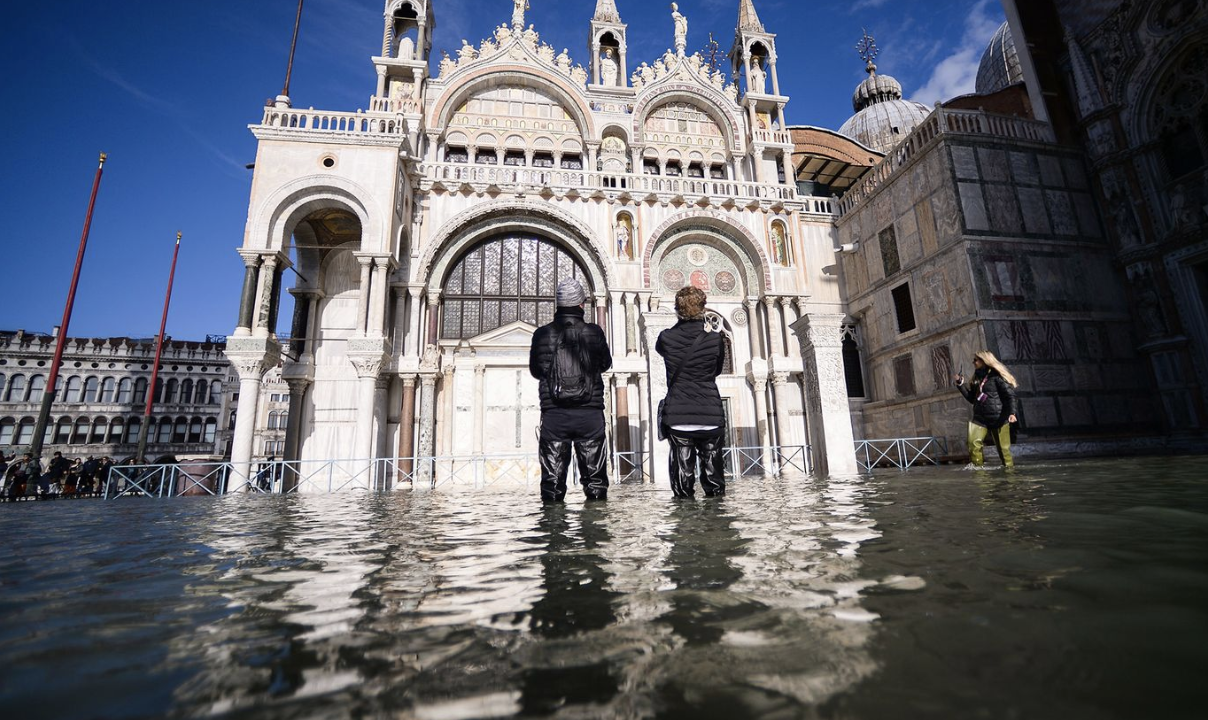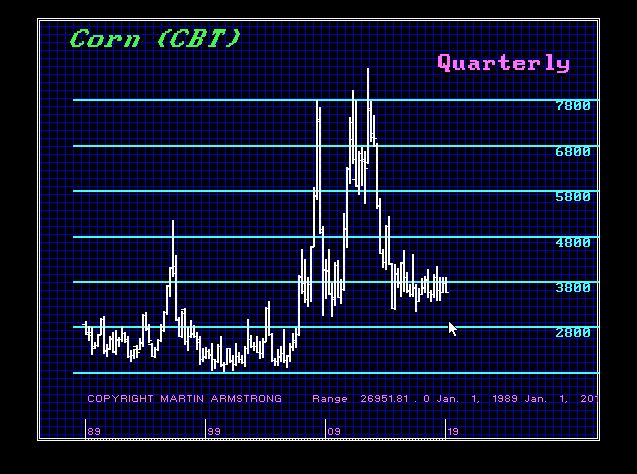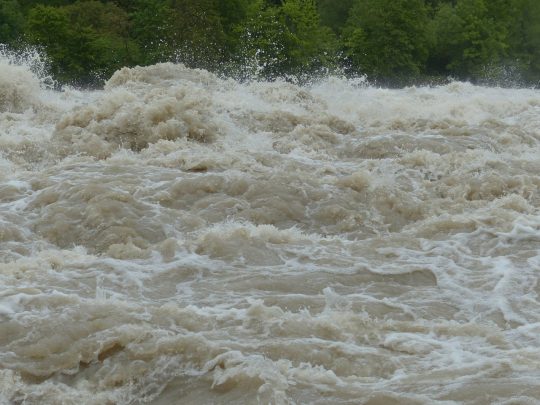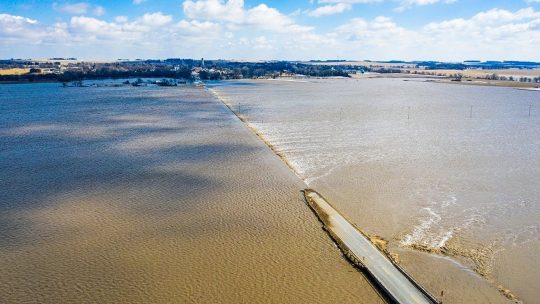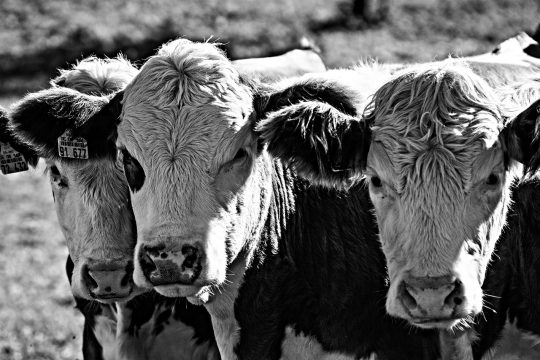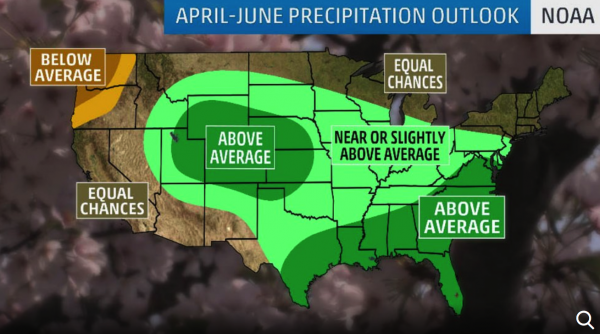Continuous rainfall for more than ten days has caused the lower reaches of the Luo River in China’s west to spill their banks. Large volumes of floodwater released from upstream have destroyed two dams in one county, and villages are flooded. Local jujube growers and those in animal husbandry have suffered serious losses.
The autumn harvest is at a severe loss in Dali County of Weinan city, Shaanxi Province, where 108 villages have been affected by floods.
According to local media reports, Dali County has experienced heavy rains this fall. Water levels in the Wei River and Luo River running across the province have exceeded their warning levels, with some areas experiencing serious floods.
In Dali’s Zhaodu town, about 29,000 acres of farmland were flooded, and 25,126 people had to be urgently evacuated.
As to the reason for the flooding, some locals have voiced suspicion that it’s caused by the local authorities intentional release of floodwaters to protect other areas.
Xin Ming (alias), a villager in Xinsi village, Zhaodu town, told the Chinese-language Epoch Times that he believes that in order to protect Gansu Province and Henan Province, the authorities quickly released a large volume of water into the Dali area, bursting local river banks.
“The village was completely submerged, about two meters (6.6 feet) deep, and the houses and furniture were all immersed in the water,” he said.
Posts on social media by other local villagers in the disaster-stricken areas, across Zhaodu and Dali County, also said, “In order to protect Gansu Province in the upper stream, and Henan Province in the lower stream, [authorities in] Shaanxi Province opened their own gates for two flood releases. The flood passed through Dali, and the dam broke.”


